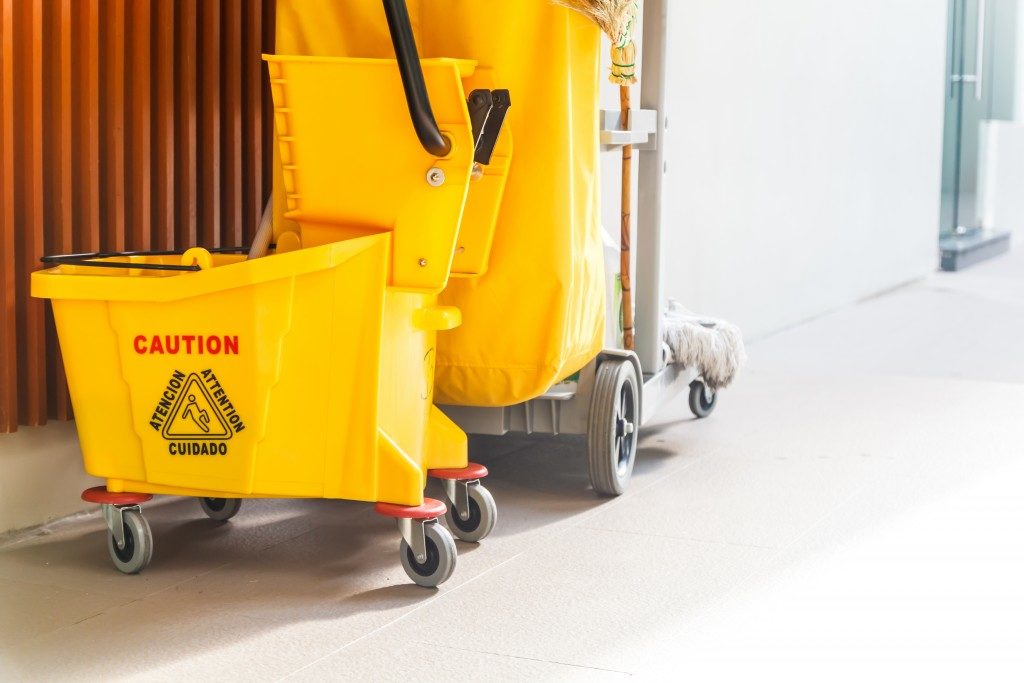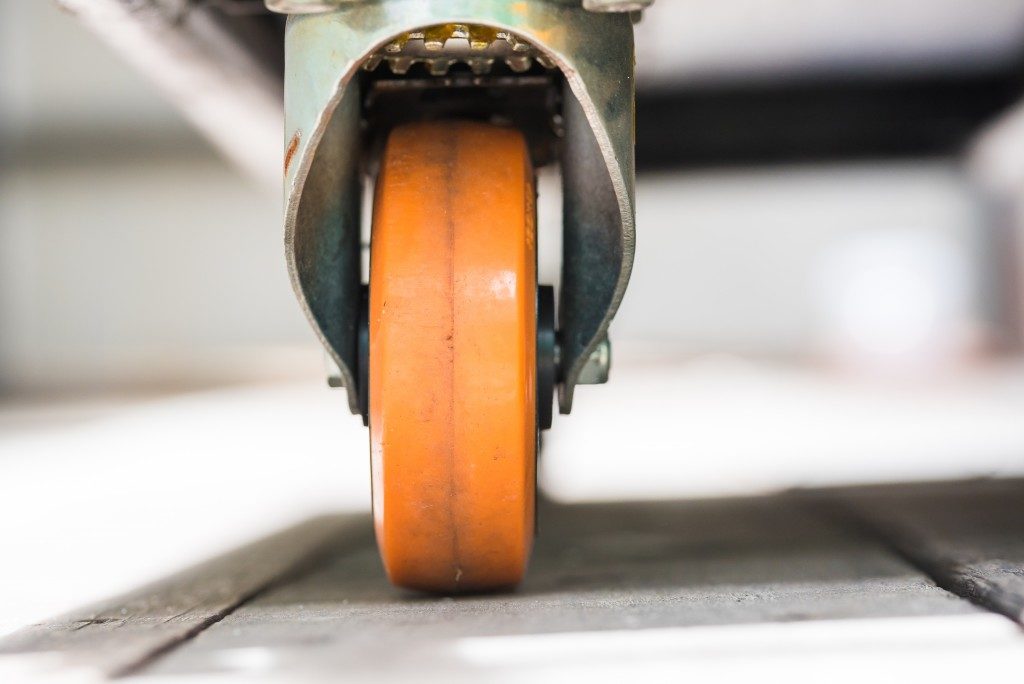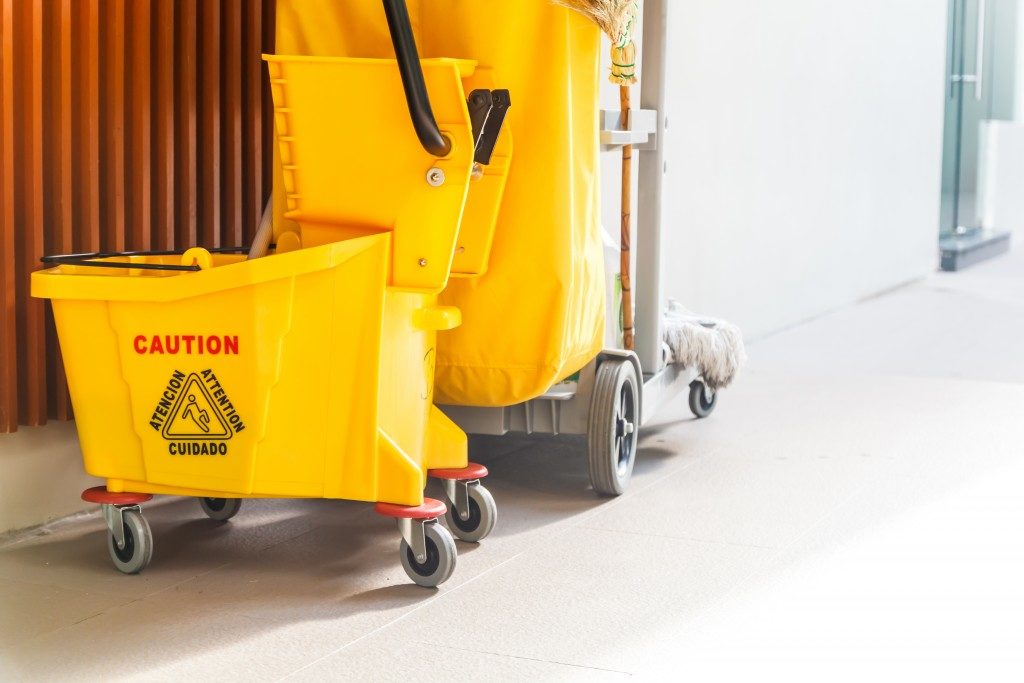 Casters, or caster wheels, are a common feature in people’s daily lives, from wheeled shelving units and office chairs to grocery store carts and warehouse moving equipment. Here in the Philippines, caster wheel suppliers provide casters to furniture manufacturers, industrial companies, and more.
Casters, or caster wheels, are a common feature in people’s daily lives, from wheeled shelving units and office chairs to grocery store carts and warehouse moving equipment. Here in the Philippines, caster wheel suppliers provide casters to furniture manufacturers, industrial companies, and more.
Casters are commonly mistaken for simple wheels. The confusion is understandable. After all, casters comprise a housing or frame and the wheels. The frame allows the caster to be attached to different equipment.
Standard, Decorative, and Industrial Casters
There are three different kinds of casters based on its purpose: standard, decorative, and industrial or heavy-duty.
As its name suggests, standard casters are those often used in everyday furniture, appliances, and other objects. Apart from grocery trolleys or carts, standard caster wheels are also commonly used in hospital equipment.
Decorative casters are basically the same as standard casters. While standard casters focus only on the practical purpose, decorative casters also consider the aesthetic appeal. These casters feature a wheel covering and a pleasing color or design. Decorative casters are used in desks, tables, and more.
Meanwhile, industrial or heavy-duty casters are a common sight in warehouses as transport equipment, supplies, and products. It’s used in hand trucks, carts, and towline conveyor belts. Heavy-duty casters have sturdy frames (often with steel plates) and can take on load weights between 3,000 and 44,000 pounds. These types of casters are invaluable in manufacturing plants, such as aircraft and automobile assemblies.

Key Considerations When Selecting Casters
The purpose a caster would serve isn’t the only thing to consider. The effectiveness and efficiency of caster wheels also depend on selecting the right type of caster frame or housing and wheel.
Caster frames are available as rigid or stationary casters and swivel casters. Stationary casters can only move forward and backward while swivel casters can rotate 360° and can move in any direction, giving the user greater maneuverability. There are also casters with locking mechanisms (common in office swivel chairs).
Caster wheels come in various materials including plastic, metal, rubber, and more. Polyurethane casters, in particular, are a popular choice for industrial applications. Caster wheels are also fitted with different bearing types, each of which has its pros and cons.
- Roller bearings are best used for manual applications requiring walking speed.
- Precision ball bearings are ideal for high-speed applications but are less durable than roller bearings.
- Tapered bearings can endure a lot of wear and tear and are suitable for applications involving the heaviest loads but need regular maintenance.
Choosing the Right Caster Wheel Placement
After selecting the right caster type, you have to think about proper caster wheel placement. The placement affects the maneuverability of the objects and the amount of load it can take.
The most common wheel configuration is placing two rigid casters at the back and two swivel ones at the front. This is also the recommended wheel placement for heavy or medium loads and for long-distance travel. Other types of wheel placements include:
- Tilt mounting or four rigid casters in a diamond formation (ideal for lighter loads)
- Diamond mounting or two rigid and two swivel casters in a diamond formation (offers better maneuverability)
- Four swivel casters per corner (most flexible arrangement)
- Four swivels per corner with two rigid casters in between the length of the load (ideal for heavy loads and lengthy travel)
Understanding the different factors that affect a caster or caster wheel’s efficiency helps you identify which would suit a job best. It would also help you make or customize casters for your specific needs.


